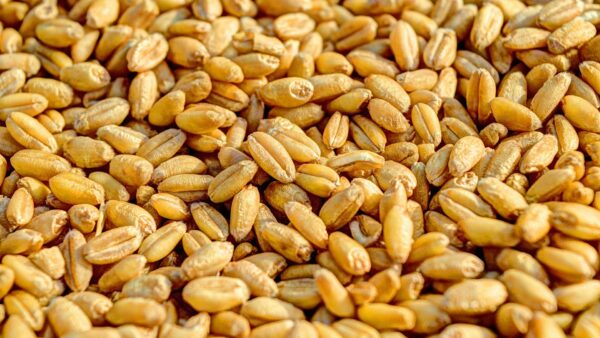A new study from the University of Exeter in the United Kingdom has found that viruses carried by commercial bees can jump to wild pollinator populations with potentially devastating effects. The researchers are calling for new measures to be introduced that will prevent the introduction of diseased pollinators into natural environments.
Fast evolving viruses carried by these managed populations have the potential to decimate wild pollinator species, including bees, hoverflies and butterflies, placing biodiversity and food security at risk.
“Our study highlights the importance of preventing the release of diseased commercial pollinators into the wild. The diseases carried by commercial species affect a wide range of wild pollinators but their spread can be avoided by improved monitoring and management practices,” says Lena Wilfert from the Centre for Ecology and Conservation in Biosciences at the University of Exeter. “Commercial honey bee keepers have a responsibility to protect ecologically and economically important wild pollinator communities from disease.”
The researchers reviewed existing studies to determine the potential for disease emergence within wild pollinator communities based on known honey bee viruses. The main culprit of disease-related losses from commercial honeybee colonies is the Varroa mite. This parasite helps spread viral diseases and may increase their virulence. One of these viruses ― the Deformed Wing Virus ― has recently been identified as an emerging disease in pollinators and its prevalence in commercial honeybees has been linked to its existence in wild bumblebees.
Future work will investigate which commercial species is driving disease transmission. The researchers will also monitor the effectiveness of existing conservation schemes to determine their success in protecting wild pollinator populations.









